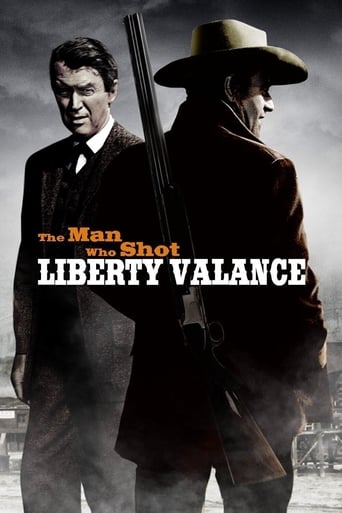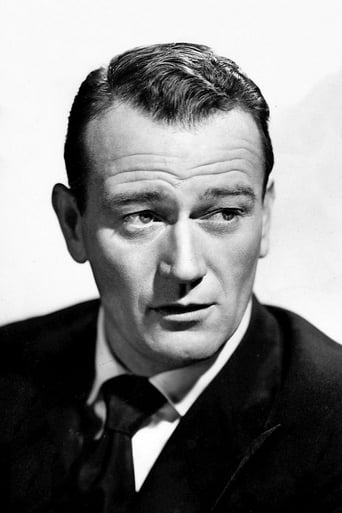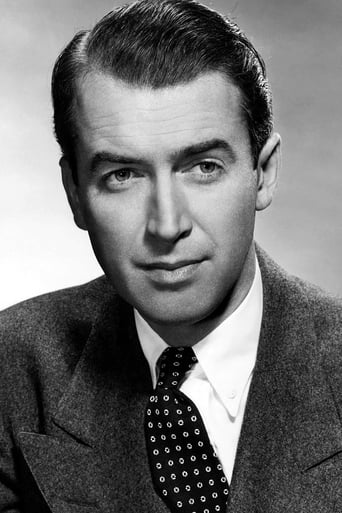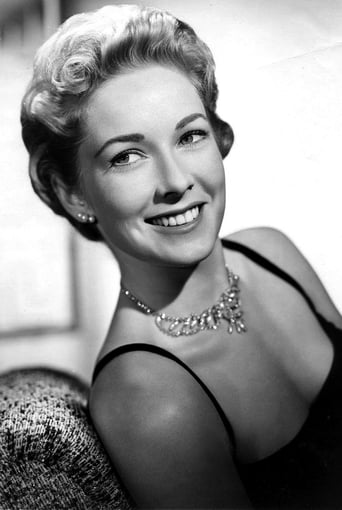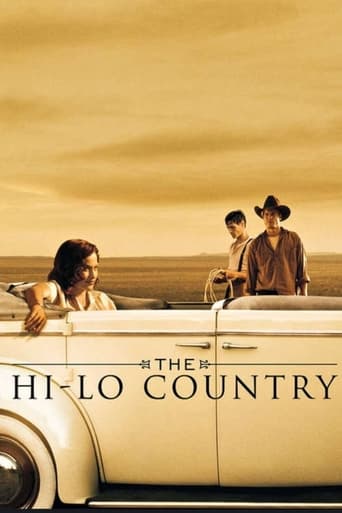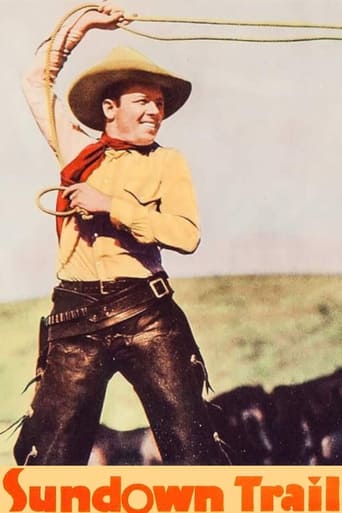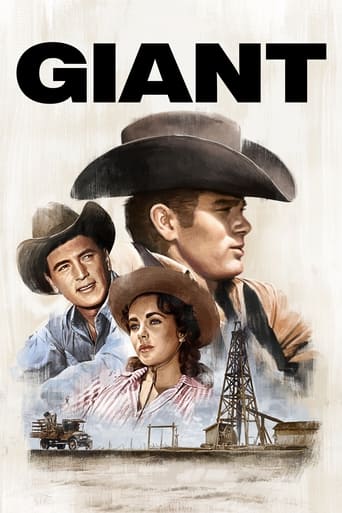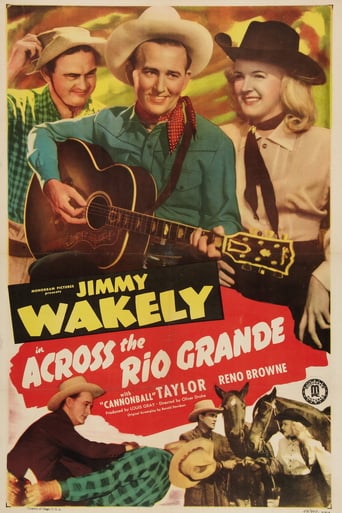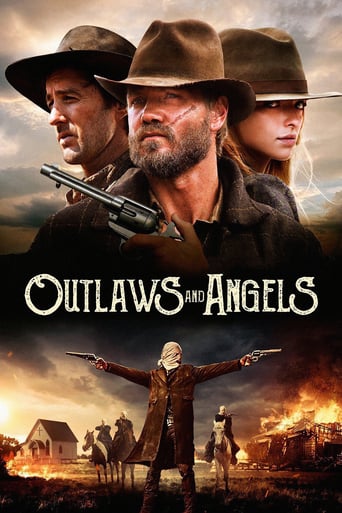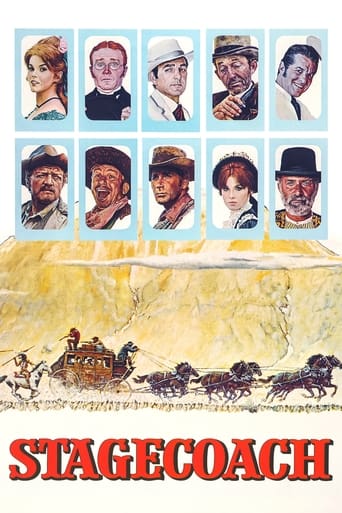The Man Who Shot Liberty Valance (1962)
A senator, who became famous for killing a notorious outlaw, returns for the funeral of an old friend and tells the truth about his deed.
Watch Trailer
Cast
Similar titles
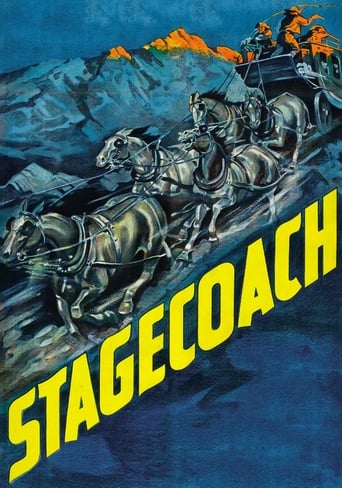
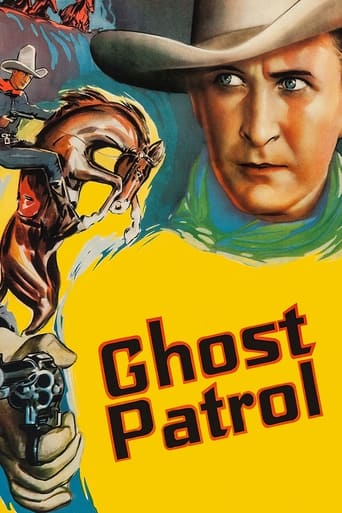
Reviews
Very very predictable, including the post credit scene !!!
Good concept, poorly executed.
Absolutely Fantastic
By the time the dramatic fireworks start popping off, each one feels earned.
No doubt that this is one of the best movies ever made pitting good against evil and showing the struggles in making honorable decisions when making dishonorable ones would be much easier.
I saw this film in the movie theater when it was released as a boy. I was surprised it was black and white. I must say i didn't really get it at age 10! This movie is one of the greatest of all time. The story with all its subtle messages and twists, the screenplay, memorable quotes that have become part of our language, Pilgrim, and wonderful acting from so many really talented actors. Edmund O'brien is wonderful in so many scenes, as are many of the supporting actors. Wayne and Stewart are great together, as is Vera Miles. The exposure of the legends myths as well as the politics that seem so common today, are very insightful. I still get chills and emotional at the end of the film, very moving. The characters all ring so true, and on different levels. It is a fun, moving, action, drama with a heart. If you haven't seen it, please do. And the haunting score from Ford's Young Mr Lincoln was a perfect theme. Even if you are not normally a Wayne fan, you will be. Great date night film too!
With a remake in the works, it's time now to re-evaluate The Man who Shot Liberty Valance. Wikipedia informs us that the iconic film director John Ford considered it his favorite film. And critic Roger Ebert wrote that each of the ten Ford/Wayne westerns is "... complete and self-contained in a way that approaches perfection", and singled out Liberty Valance as "the most pensive and thoughtful" of the group.It begins with a much too long expository scene. Senator Ransom "Ranse" Stoddard (played by James Stewart made up to be well into his seventies) along with his wife Hallie (Vera Miles) return to the frontier town of Shinbone, to attend the funeral of Stoddard's old cowboy friend, Tom Doniphon (John Wayne). Oddly, the town newspaper editor never heard of Doniphon, despite his legendary reputation, made clear by Stoddard, who then relates both his and Doniphon's story, at the editor's behest.The presence of a telephone at the railway station in the opening scene suggests that the story begins a little after the turn of the century, possibly 1905. Stoddard relates how he came to Shinbone years earlier as an idealistic young attorney, where he immediately was drastically assaulted by Liberty Valance during a stagecoach robbery. Can we assume this might have occurred 25 years earlier, perhaps around 1880? Stoddard, as a young attorney, would probably have been about 30 years old (Stewart is miscast here, as he was a little over 50 when he acted in Ford's picture).Now the location of the story is never revealed, but a big part of the plot revolves around "homesteaders" and "big ranchers." The homesteaders (which include small landowners, small farmers, etc.) are in favor of statehood and the moneyed interests (cattle barons, etc.) oppose them. While historians inform us that for the most part the wild west was relatively non-violent (especially in comparison to what's happening today, particularly in the big cities), there was one bloody conflict, the Johnson County War, which occurred in Johnson, Wyoming, between 1889 and 1893, which may have been the model for the conflict alluded to in Liberty Valance.One glaringly major omission we notice right away is that the hated "big ranchers" are never seen during the entire narrative. Instead, the sadistic criminal, Liberty Valance, is made out to be their enforcer. It's hard to buy that idea since historically, the moneyed interests banded together and created an organization, the Wyoming Stock Growers Association (the WSGA), which hired detectives to police the range—going after rustlers who were poaching on their land. But even if you buy the idea that a criminal like Valance might have ended up as some kind of private contractor for the WSGA, the idea that everyone in the town of Shinbone was a milquetoast (epitomized by the bumbling sheriff played by Andy Devine), and was afraid to stand up to someone like Valance is absurd. Here, only Tom Doniphon has the guts to stand up to Valance, along with Stoddard (who advocates a non-violent approach).After some small ranchers were falsely accused by WSGA detectives as "rustlers," and were killed, the homesteaders formed their own organization, the Northern Wyoming Farmers and Stock Growers' Association (NWFSGA). As Wikipedia informs us, the WSGA hired 23 gunmen and 4 cattle detectives and ended up assassinating the head of the NWFSGA. Various dignitaries including a State Senator joined the gunmen and in response (now read this!) the Sheriff in the nearby town of Buffalo GATHERED A POSSE OF 200 MEN and ended up cornering the WSGA men at a ranch where there was a standoff for two days. Only the intervention of Federal troops on orders from President Benjamin Harrison prevented further bloodshed. So much for wimpy homesteaders!The cowardice of the townspeople in the film is contradicted by history, and the idea that Doniphon is the only man in town who can stand up to Valance, is absurd. There were tough characters on both sides of the range war, and a character like Valance would never have been allowed to get away with terrorizing the populace as is depicted here. Why Doniphon doesn't take Valance out before the climactic duel with Stoddard, makes little sense, considering Valance is already wanted for murdering two people during a robbery (not to mention the robbery of the stagecoach and Stoddard's brutal beating, recounted by the elderly Senator as the beginning of the "break into Act 2").Another plot contrivance which I find hard to swallow is the idea that a Senator from the frontier would have taken up the mantle of pacifism during that time. The wimpy Stoddard is such a pacifist that he walks out after being nominated to represent the pro-Statehood forces in Congress. Why does he walk out? Because he feels guilty that he violated his pacifist precepts by shooting Liberty Valance. It's only AFTER Doniphon reveals that it was he who shot Valance, that Stoddard has a change of heart. Now his guilt is assuaged and he can accept the nomination. The only thing good about this film is the twist that it was Doniphon and not Stoddard who shot Liberty Valance. After the duel, the rest is anti-climactic. Wimpy Stoddard goes on to become Senator and Doniphon takes to the bottle, after he fails to "get the girl." It's odd that macho John Wayne accepted the Tom Doniphon part. Perhaps he liked the idea that the macho Doniphon was a flawed character who could so easily self-destruct. I can't but help also suggest that "Liberty" is a parable about McCarthyism considering the film's release in 1962. Doniphon might have been a stand-in for McCarthy who took to the bottle after being censured by the Senate. The fight might have been justified but the methods weren't. Doniphon must pay a price—and it's the pacifist, Stoddard, who is ultimately rewarded.
The Man Who Shot Liberty Valance If you think you are getting a thoughtless western when you turn on The Man Who Shot Liberty Valance, then you are dead wrong, pilgrim. This John Ford classic starring James Stewart and John Wayne brings about a very thought provoking piece to the western genre. The audience will really be challenged to evaluate what they think of right and wrong, and just how absolute the two should be. The Man Who Shot Liberty Valance begs the question, will justice always prevail? The Man Who Shot Liberty Valance opens by introducing us to an aged United States Senator as he visits his hometown to attend the funeral of a dear friend. Accompanied by his wife, the audience soon learns that there is quite a history between the deceased person and the Senator. Upon the newspaper reporters' ceaseless questioning of his arrival, the senator goes on to fill them, and the audience, in on the story involving him and the deceased man. Early on in the film a powerful scene takes place in which we meet the main character, Ransom Stoddard (James Stewart) as he is riding in a carriage. Unfortunately for Ransom, he is ambushed by a vicious gang lead by Liberty Valance (Lee Marvin). After protecting the woman accompanying him, the gang turns their violent focus on Ransom savagely beating him and leaving him for dead. Fortunately for Ransom, Tom Doniphon (John Wayne) peels him up from the path and takes him into town to have a local family tend to his wounds. When he finally comes to, Ransom is stunned, both to see the family tending to him so attentively, and to the realization that there is no accepted idea of justice in this Wild West. Ransom is committed to his belief that justice exists everywhere and as a lawyer, refuses to take arms to protect himself against Liberty Valance and his gang of outlaws. As our story progresses, Ransom stays firm in his notion of justice ruling the land. Ransom remains with the family that took him in, he even teaches the adult daughter of the family how to read and write, eventually marrying Hallie (Vera Miles) Ransom takes his teachings a step further and seeks to educate the entire town on basic principles of law and citizenship. Liberty Valance, however, remains just as committed to keeping the law out of his land and cuts Ransom off at every pass of collective improvement. Tensions rise as the boiling point is finally reached between these two culminating in a surprising shoot-out that has the audience on the edge of their seats. First of all, it needs noted that I am a sucker for a good movie told backwards. No flashbacks took place throughout the film, we are just made aware of the ending, after which the film is told in proper succession. To me, this takes a great deal of precision by a filmmaker, which John Ford is more than capable of. When this type of storytelling is properly achieved, even though the audience knows a great deal of how the story turns out, they are no less interested in how it turns. The Man Who Shot Liberty Valance is a wonderful display of backwards story telling. Another aspect that adds to the story telling of this film is the score. Each change in pitch is punctuated perfectly against the action being told on screen, bringing about a masterpiece of sensory symmetry. The sound effects were also a standout part of this film's experience. For instance, each time Liberty Valance used his weapon of choice, a whip, against his adversary, the sound was realistic enough to give the viewer a sharp sting on their back. Another mark of a great film, for me, is when action is fragmented well between what is seen and unseen. Much of this film reminded me of Burt Lancaster's first film The Killers (1946) in which the most pivotal scene climaxed out of frame proving that when a director can acknowledge the intelligence of the audience, they don't need to put every detail in front of their eyes. This scene, and many others like it, notably from Alfred Hitchcock, has stuck with me years after their initial viewing because there is great power in performing a scene off-camera. This story-telling device requires immense detail and thorough framing; once both of those criterion are met, the audience's mind is free to wonder imaging exactly what the action that took place on screen looked like. This imagination may provide even more depth to a scene than the director would have been able to film. To depict a scene this way also requires a great deal of trust in the actor. In this set-up, a director must be confident that the actor will display enough nonverbal emotion to cue the audience into what is taking place. One illustration of this device occurs when Ransom looks into the casket of his deceased friend and becomes angered that his boots have been removed. If Jimmy Stewart was less of an actor, or if John Ford was less a director, the audience would not have enjoyed such a scene, made all the more powerful by the pinnacle occurring off-camera. Another excellent device used by John Ford was the way he introduced us to John Wayne's character, Tom Doniphon. Tom acted as a savior to Ransom, and a savior is exactly how he was depicted the first time we see him, high upon his horse. One could also notice that Wayne's character first appearing on a horse correlates him to that of a knight, riding up to save the day, which he ultimately did for Ransom. Such direction by John Ford illustrates his legacy and allows the viewer to recognize, first-hand, why he remains a legend more than 40 years after his death.
